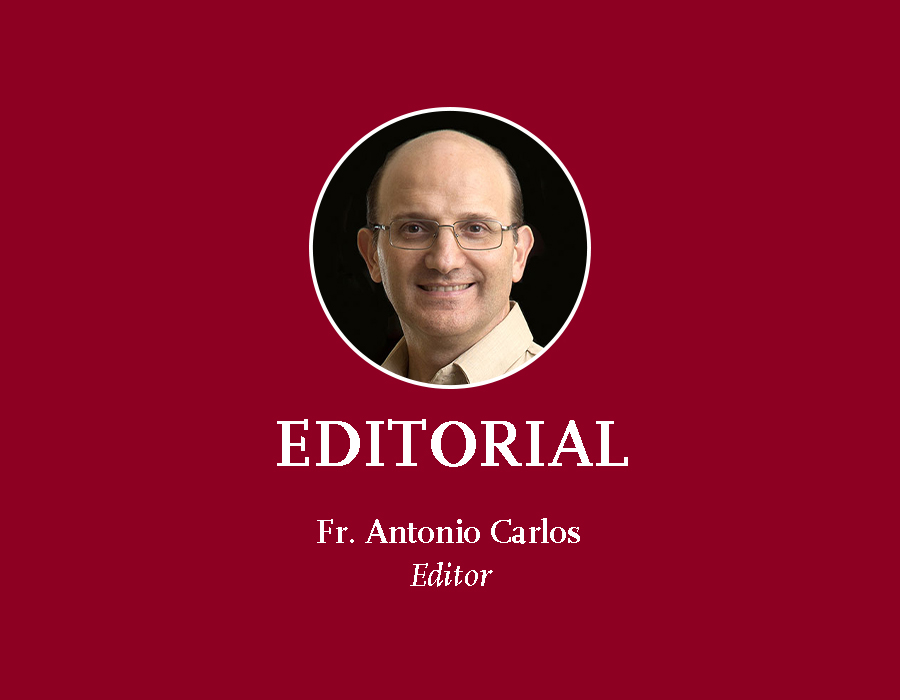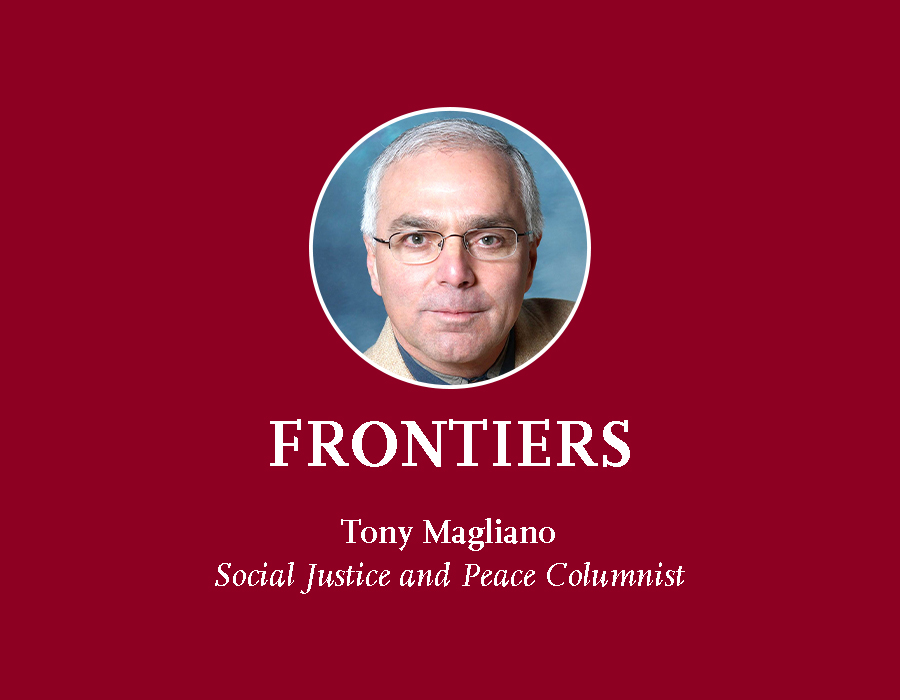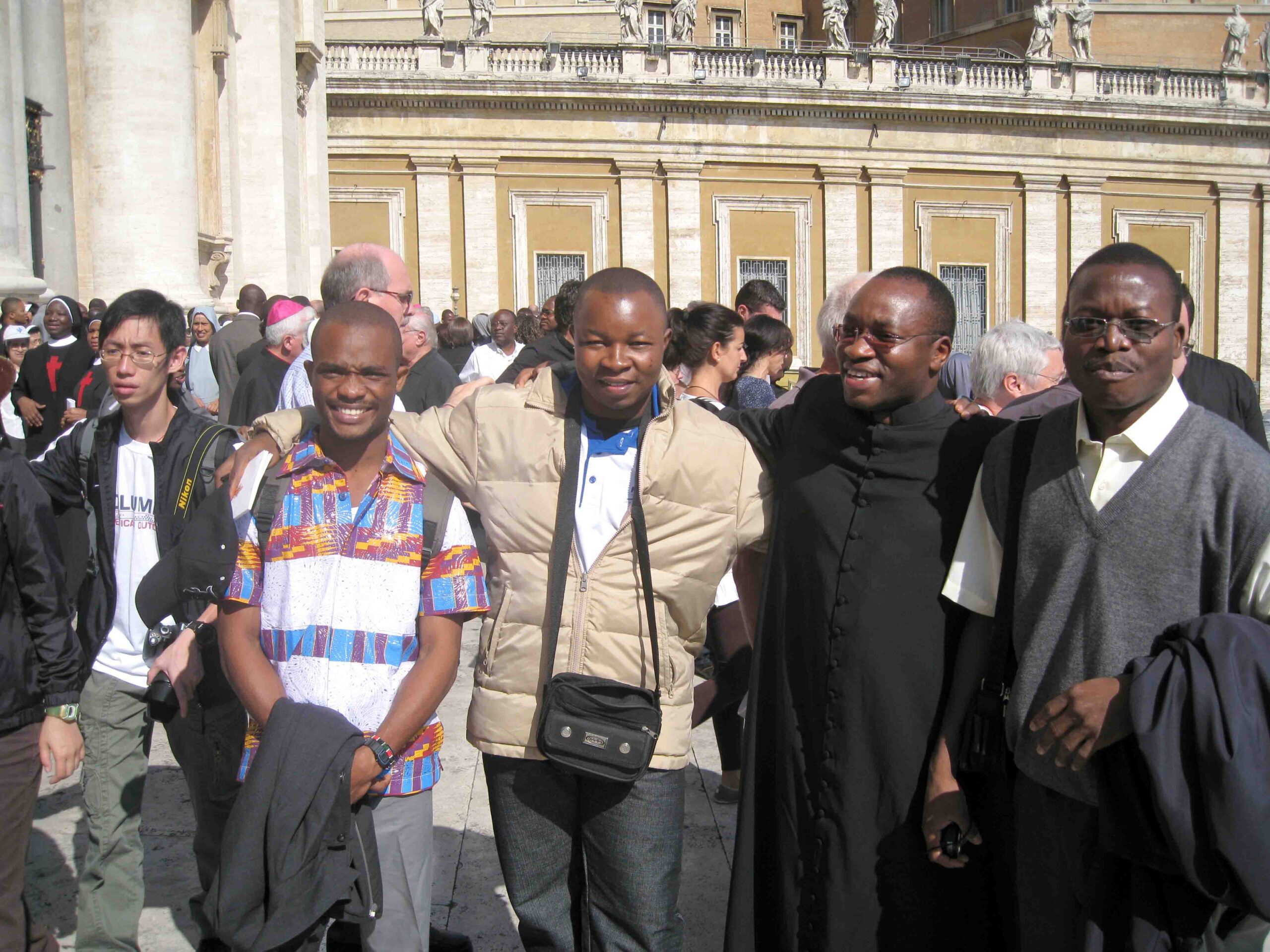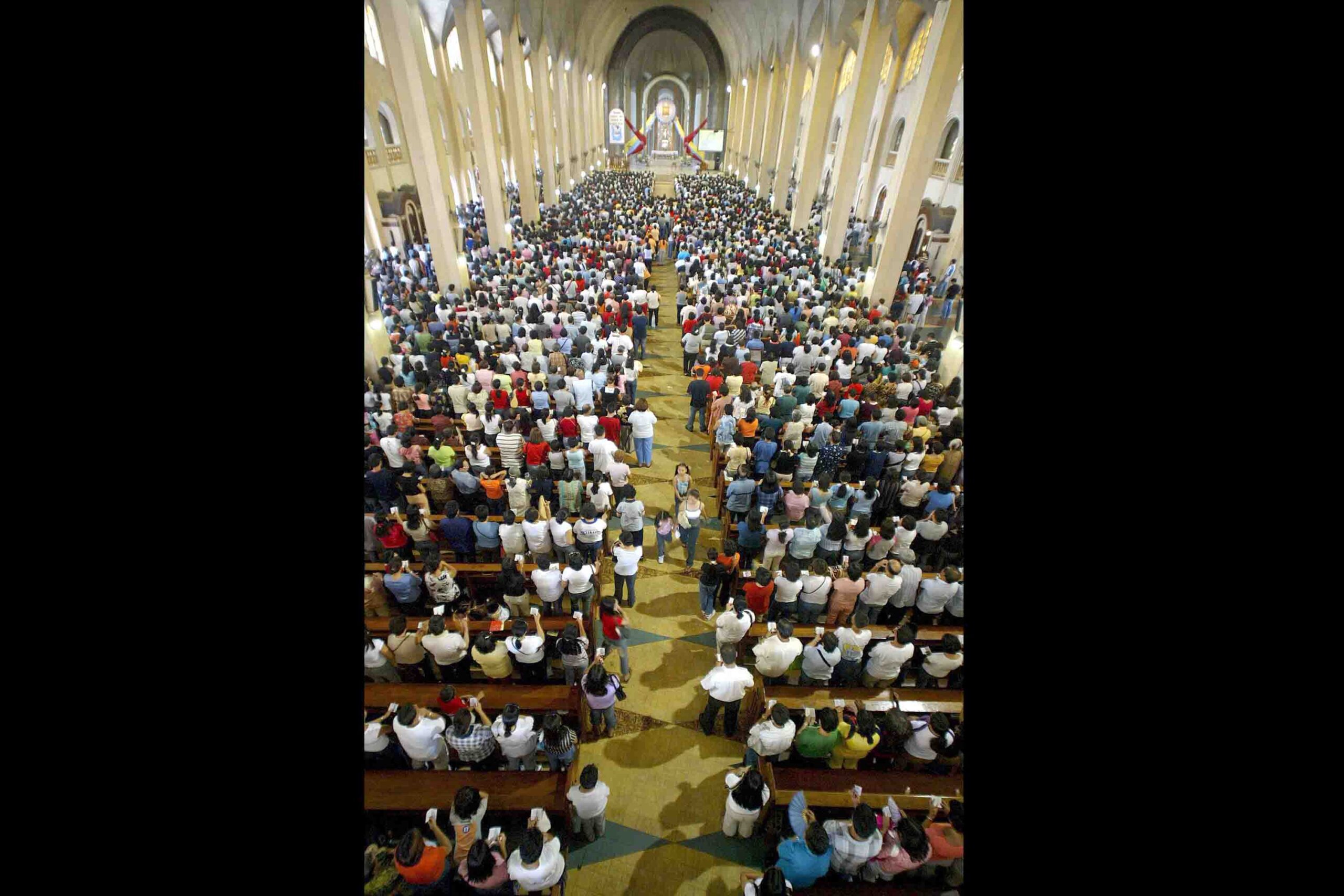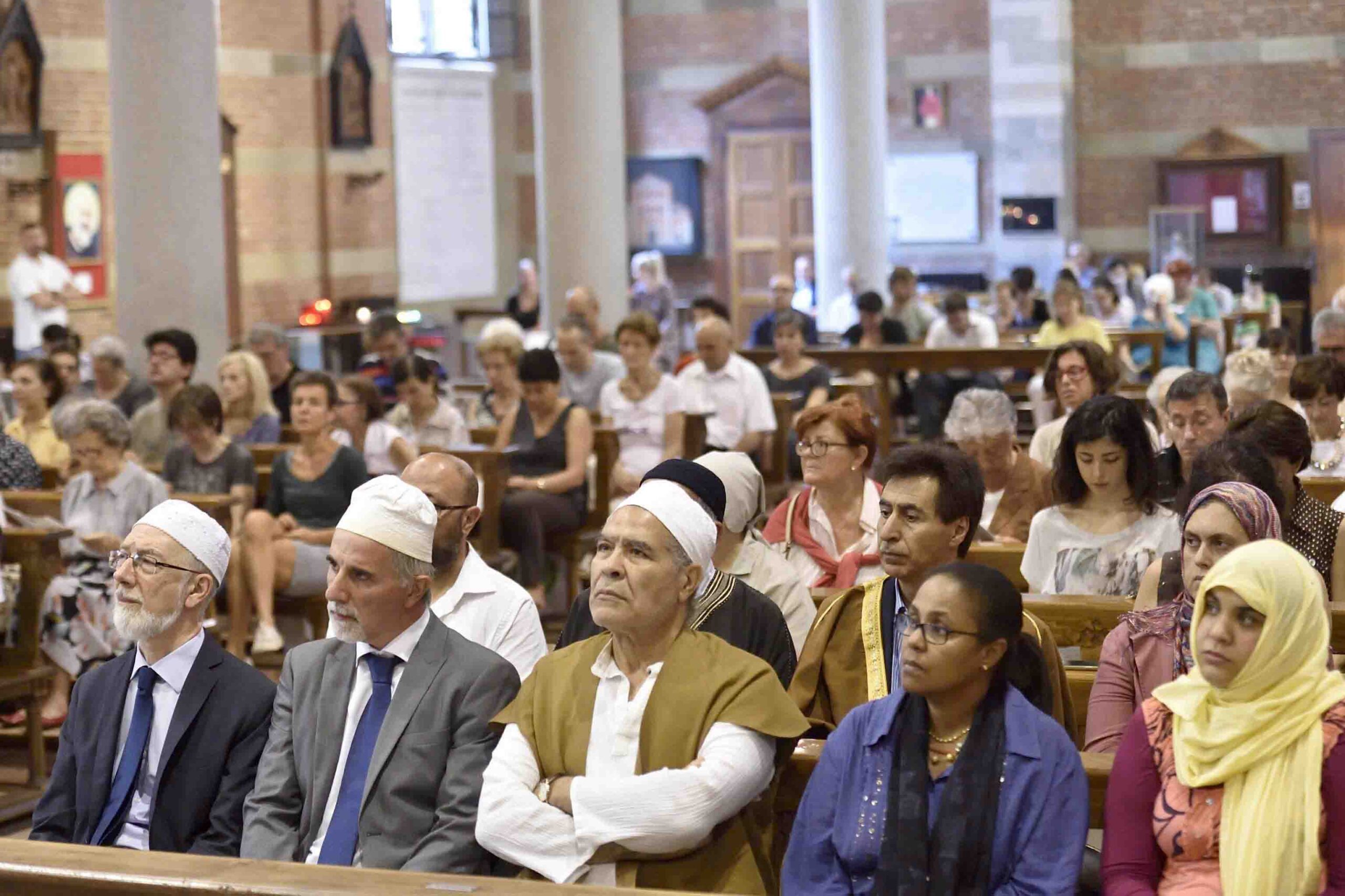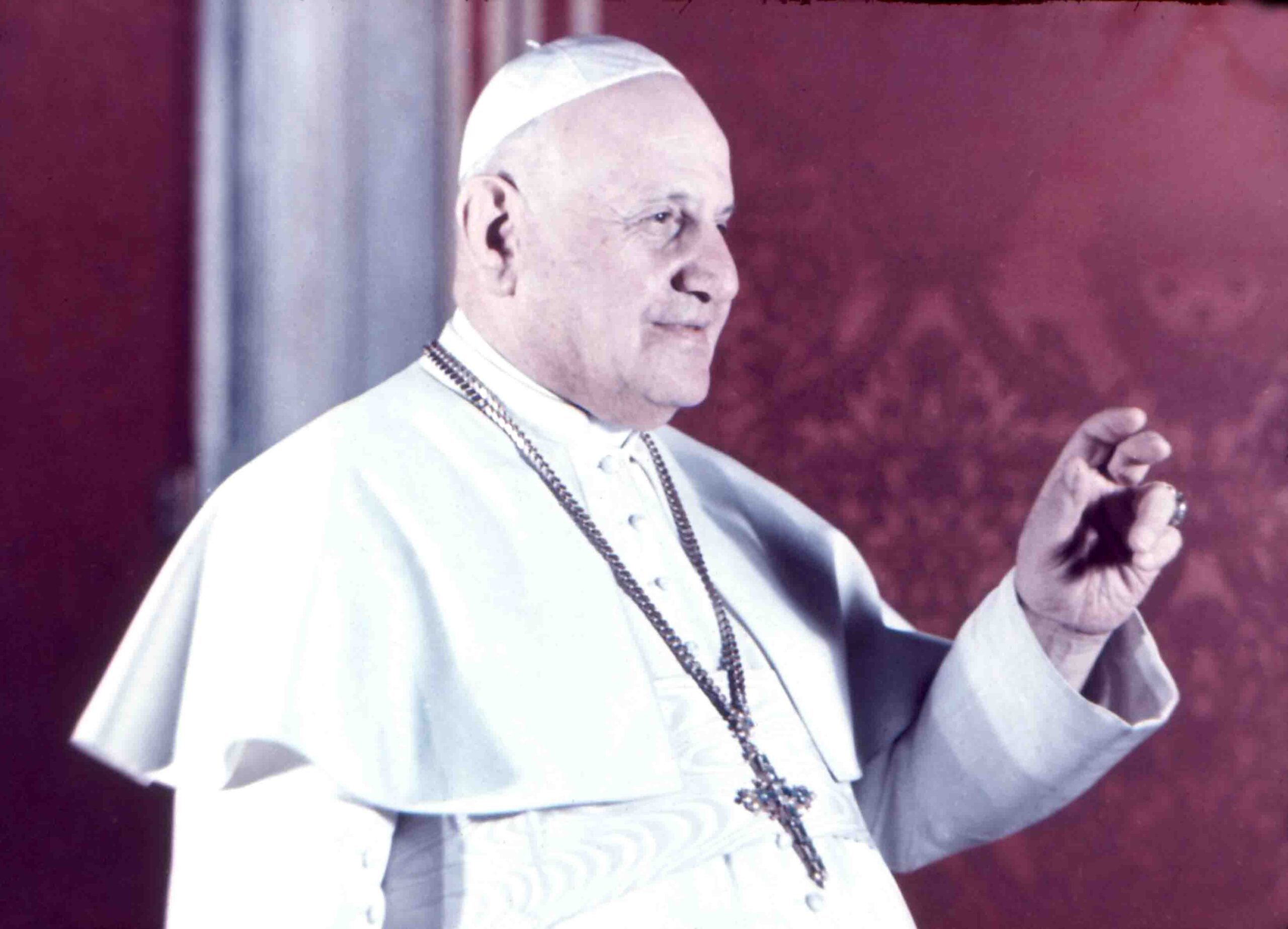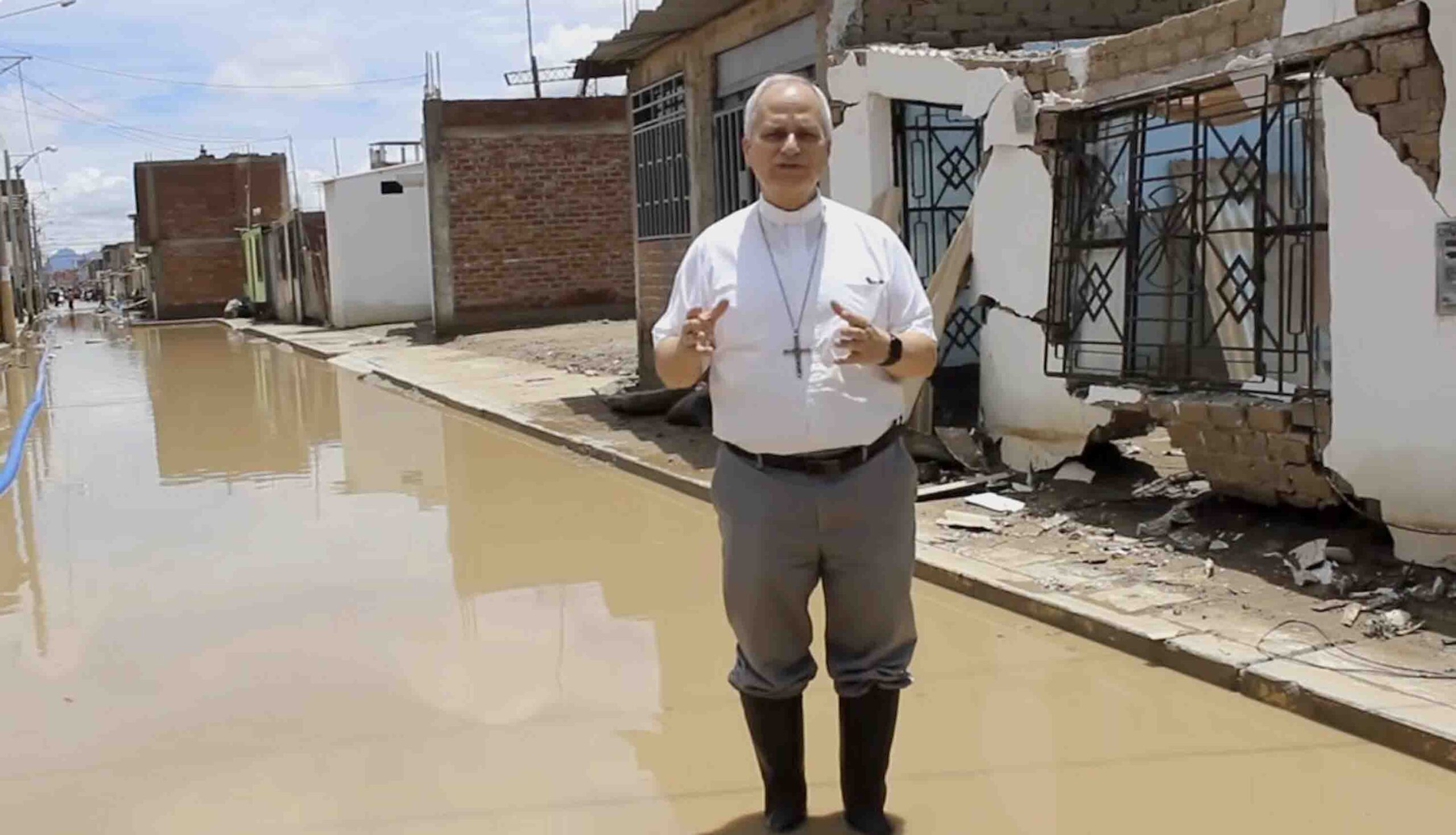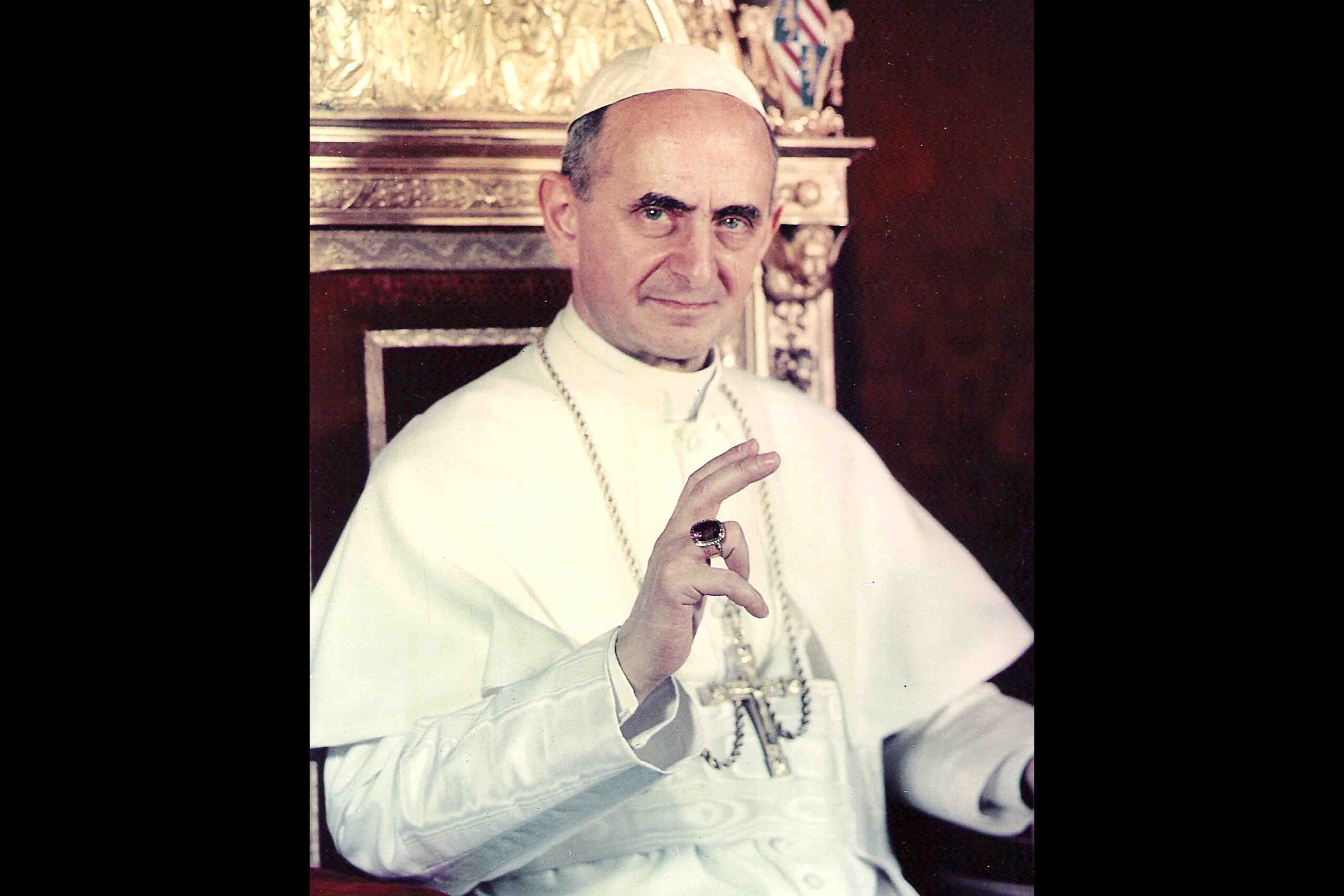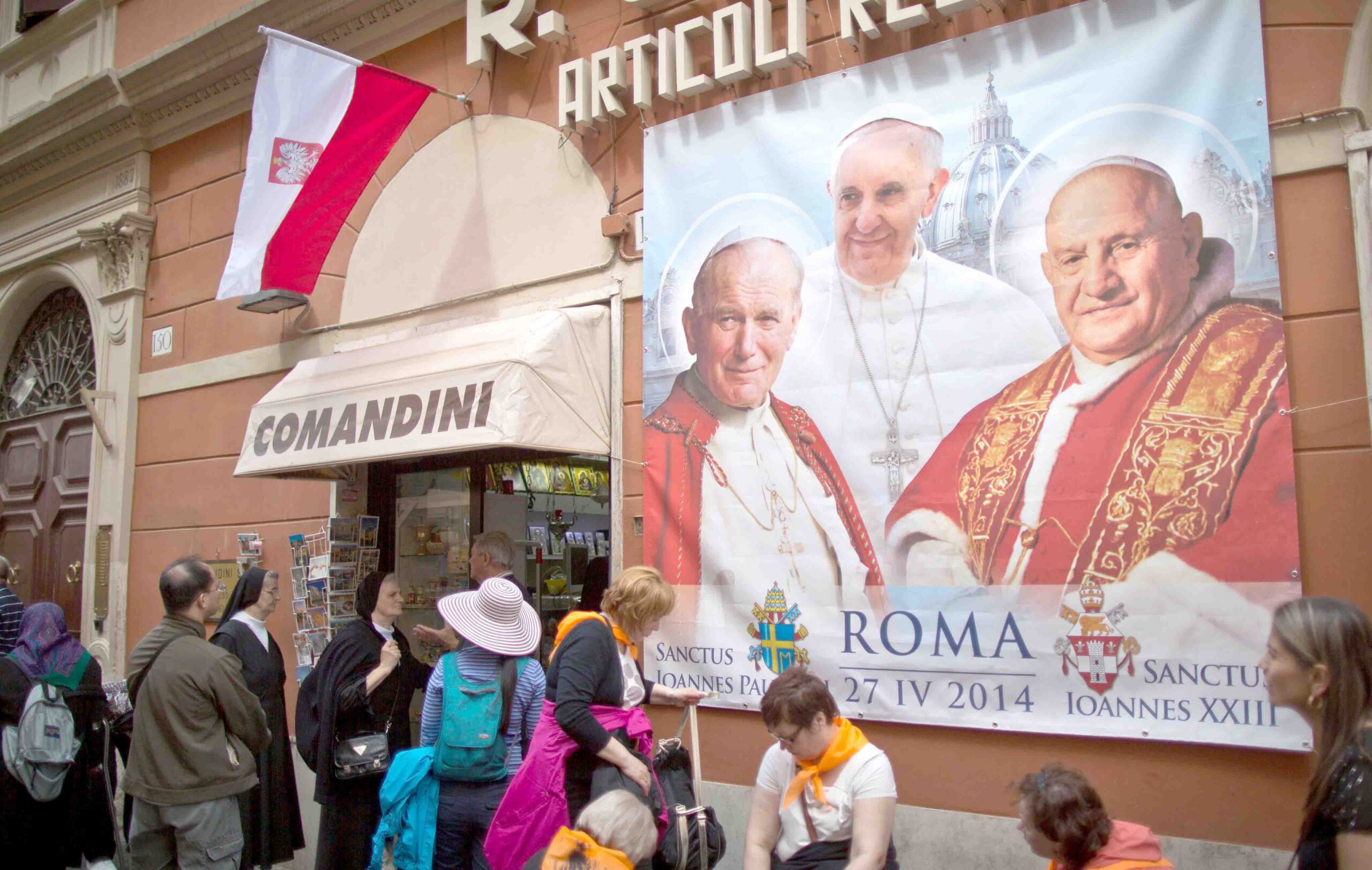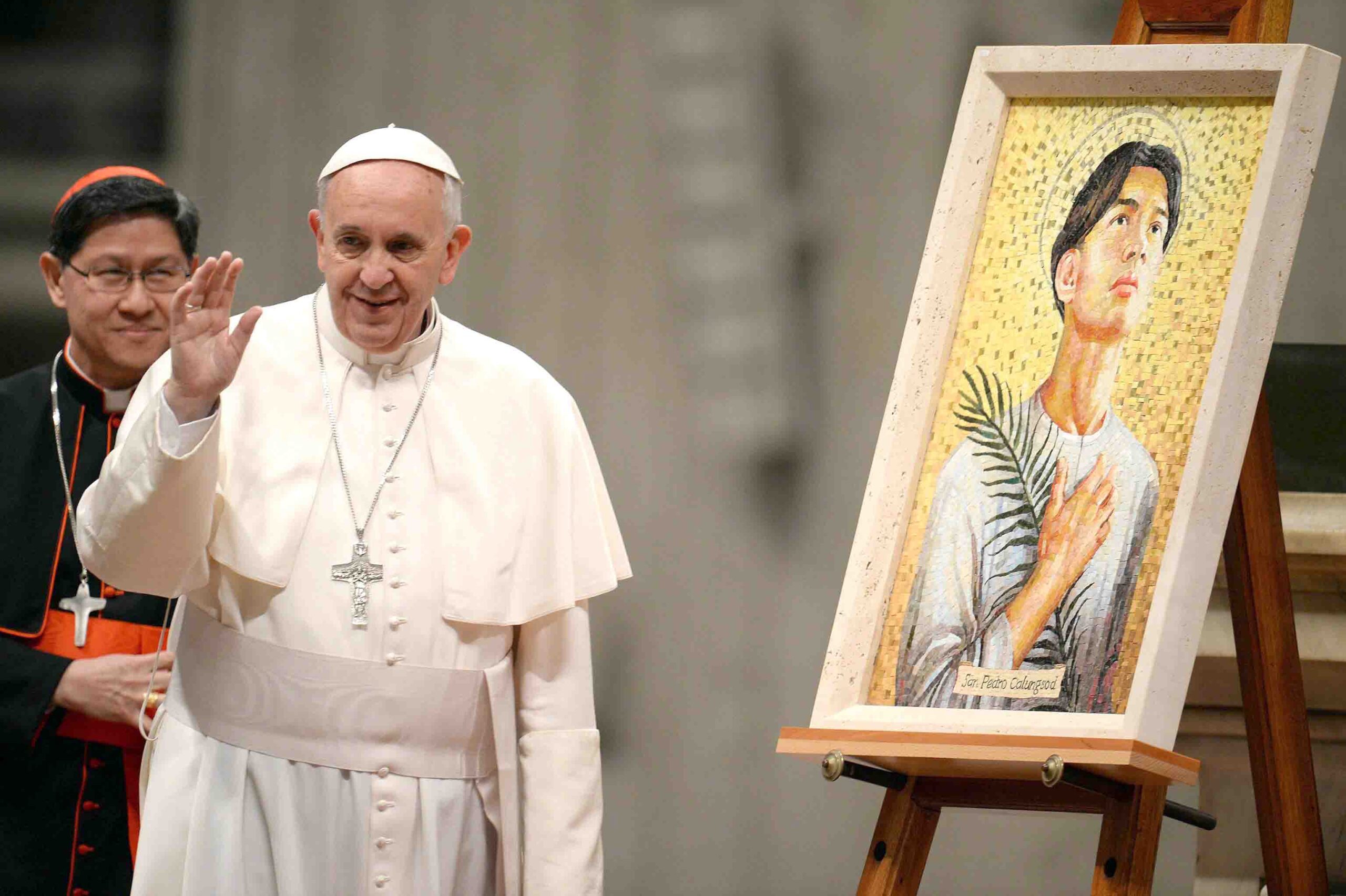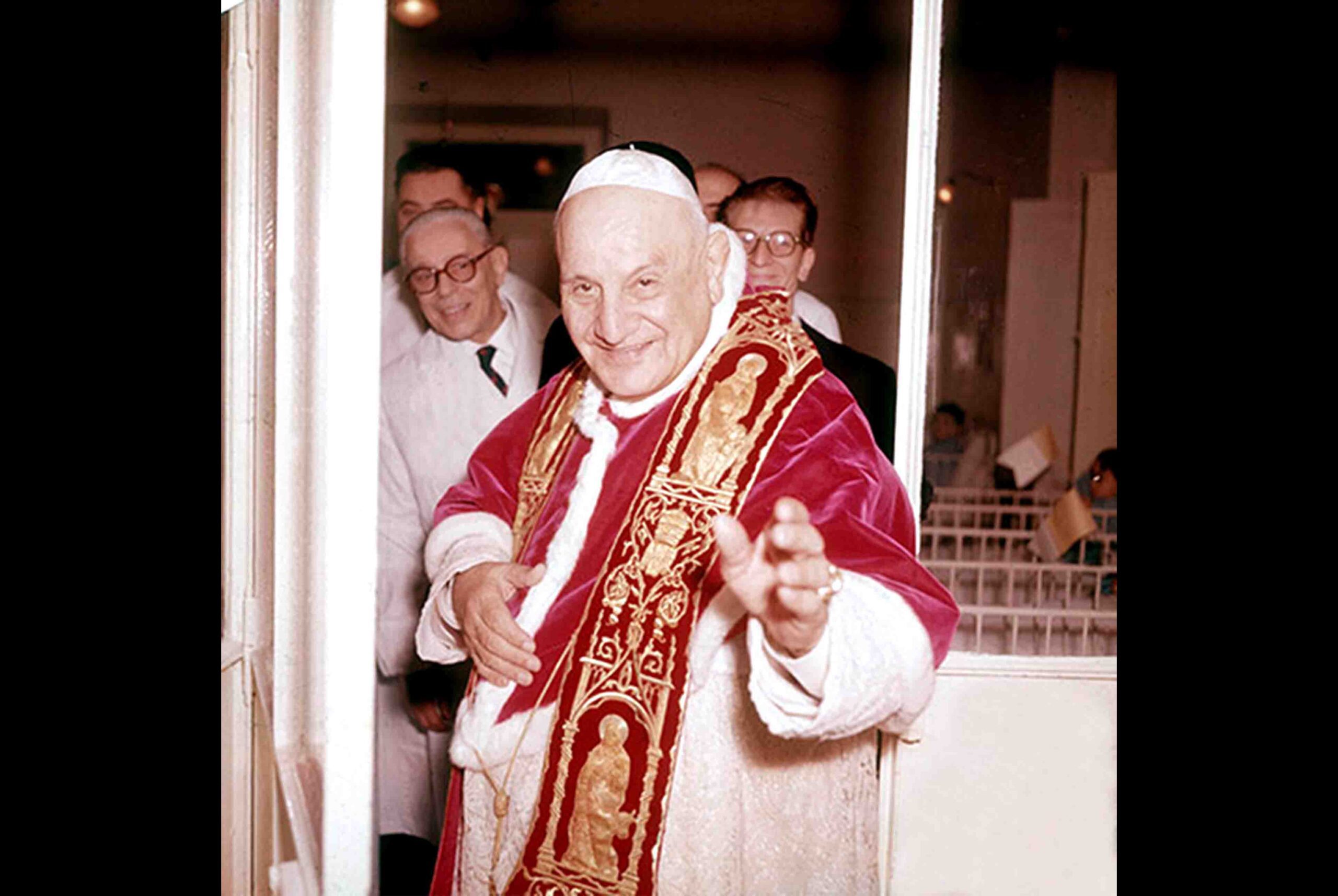During the four years of Vatican Council II (1962-1965), the assembly approved sixteen documents, addressing a wide-ranging renewal of Church life. These documents are classified into three categories: Constitutions (4), Decrees (9), and Declarations (3). The following list provides the documents in the order they were issued; it also gives the official Latin title, its topic area, and a brief overview of its contents.
(1) Sacrosanctum Concilium (Liturgy) asserts that the liturgy is the “source and summit” (10) of Christian life. To achieve this goal, the Council sought an extensive revision of the existing rites of the Mass and all the sacraments. The goal was for people to have a clearer understanding of their involvement in the rites and a deepened faith life.
(2) Inter Mirifica (Social Communications) promotes media use for evangelization. It calls upon Church members, especially the laity, to incorporate “a human and Christian spirit” into various forms of media, always seeking to promote the virtues of justice and charity.
(3) Lumen Gentium (Church) presents the Church through a variety of images: mystery, People of God, sacrament, and an integrated community. It devotes one chapter to laity (4), the call to holiness (5), religious (6), the pilgrim Church–both human and holy (7), and the Blessed Virgin Mary (8).
(4) Unitatis Redintegratio (Ecumenism) asserts that fostering unity among Christians is everyone’s concern; it forthrightly admits that both sides (Catholics and Protestants) caused the historical divisions within Christianity.
(5) Orientalium Ecclesiarum (Eastern Churches) states that various traditions within the Catholic Church do not harm its fundamental unity. The Eastern Catholic Churches should retain their own traditions. All churches should promote mutual reconciliation.
(6) Christus Dominus (Bishops) reflects on the pastoral office of bishops in the Church. While each bishop has full ordinary power in his own diocese, all are urged to exercise pastoral direction collaboratively within conferences of bishops, a principle known as “collegiality.”
(7) Optatam Totius (Priestly Formation) updates seminary formation, centering on fostering vocations, giving attention to spiritual and intellectual formation, preparing seminarians for pastoral work, and developing priests to become good pastors.
(8) Perfectae Caritatis (Religious Life) asks religious communities of nuns, brothers, and priests to focus on their foundational charism and prudently adapt their charisms to contemporary needs and challenges. It encourages communities to foster common prayer, poverty of sharing, and continued spiritual and theological formation.
(9) Nostra Aetate (Non-Christian Religions) promotes all areas of “interreligious dialogue.” Thus, Catholics are urged to enter, with prudence and charity, into discussion and collaboration with the followers of other living faiths. The document boldly states: “The Catholic Church rejects nothing that is true and holy in these religions” (no. 2).
(10) Gravissimum Educationis (Christian Education) affirms the Church’s role in this apostolate, asserting parents’ right to choose the type of education they desire for their children. It upholds the importance of Catholic schools, defends the freedom of inquiry in Catholic colleges and universities, and warns against state monopoly in education.
(11) Dei Verbum (Revelation) affirms that the Church acknowledges that Scripture and Tradition together form the one deposit of God’s Word as foundational to revelation. The Bible is always to be interpreted under the Church’s guidance. The authentic development of doctrine reflects the Church’s ever-deepening understanding of what God has once and for all revealed to the human race.
(12) Apostolicam Actuositatem (Laity) is a practical expression of the Church’s mission, in which the laity participate in virtue of their baptism and incorporation into Christ. The right of the laity to establish their associations is affirmed on the condition that they remain in harmony with ecclesial authorities.
(13) Dignitatis Humanae (Religious Freedom) fosters freedom in religious belief and practice; this flows from the inherent dignity of each person. No person should ever be forced to act in a way that is contrary to one’s conscience and beliefs.
(14) Presbyterorum Ordinis (Priests) defines priests as men who are ordained to offer the Eucharistic sacrifice, forgive sins in Christ’s name, and serve others in Christ’s name. Priestly celibacy as a gift is reaffirmed; authentic sanctity is essential; priests should function in close collaboration with the laity.
(15) Ad Gentes (Missionary Activity) views the entire Church as a missionary. All Church members should foster the proclamation of the Gospel and constantly promote integral human development. No one should ever be forced to accept the Christian faith.
(16) Gaudium et Spes (Church Today) comprehensively describe the Church’s role in contemporary society, including untiring work for peace promotion. Marriage and family life are also extensively treated. The Church is challenged to read the signs of the times in the light of Gospel values.
James H. Kroeger, MM, served mission in Asia for over five decades. He authored Walking with Pope Francis, The Official Documents in Everyday Language (Paulines, Manila, 2023), and A Joyful Journey with Pope Francis (Claretians, Manila, 2024).



